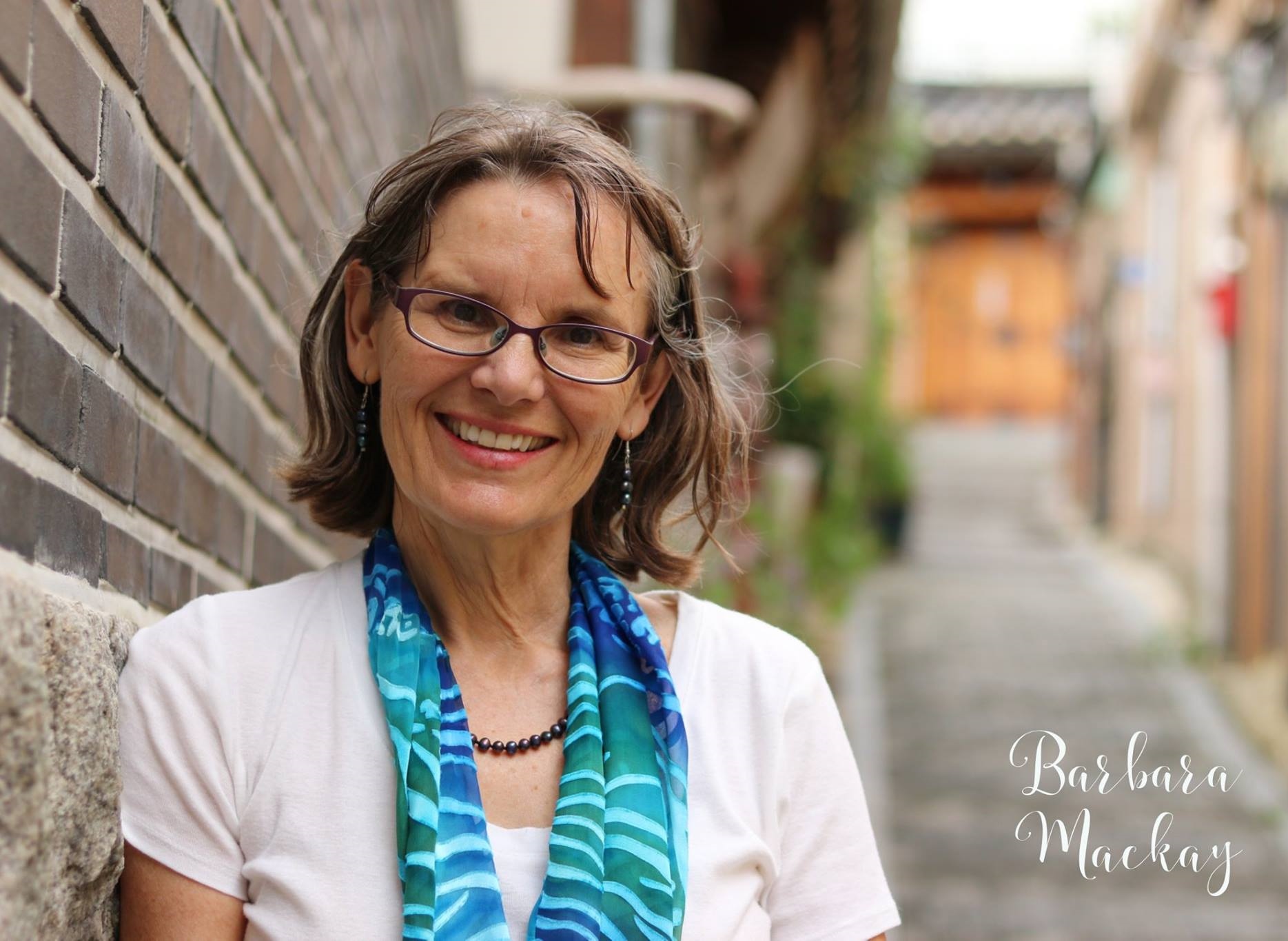The Art and Science of Facilitator Patience

Several colleagues who are relatively new to facilitation are having me reflect on the concept of patience and compassion. I’ve also been thinking a lot about a term “art and science” I learned from the ICA Associates Canada course called, The Art and Science of Participation. Patience is an art and science. In my own life and profession, it has required a lot of experience and development to know when and how to apply patience. Interestingly it is not in the list of 18 sub competencies for IAF certification. In this blog, we briefly share my colleagues’ reflections on patience and compassion as applied to facilitation. And, I offer additional insights I’ve gained from talking to them.
What is patience?
Patience in facilitation is the ability to match your pacing and process to what the group needs in any given moment. Patience is believing that the group will find exactly what they need without you pushing toward any specific destination. Patience is the wisdom to know that you need to make a change in your design before the event, or during the event. Patience is letting go of the outcome you hoped they would achieve at the end of your workshop. Patience, finally, is knowing that the work has just begun and will continue with or without your guidance.
In the video below, my colleague Zaher Ibrahim, Dubai, shares some of his insights about the relationship between patience and compassion for and with the group.
Another aspect of patience is not just slowing down or waiting for the group to go through the process they need to go through, but it’s also patience with yourself. It means sitting down and literally being content to not know what is happening in the small group work. It means trusting the group will make the breakthrough they need to if you’ve given them the right questions at the right time. This is actually my favorite moment in the workshop. You do not know exactly what is happening in the breakout rooms even though you may have visited each room briefly. It’s the delightful anticipation of finally hearing their best thinking emerging from the small group work. It is being still, calm, and patient as they unravel the missing puzzle pieces that they had not shared with the whole group yet. Then, it takes a great deal of patience from you and them to bring all these disparate pieces together into a convergent meaningful whole.
Zahar also reflected on the invisible work of group dynamics that requires us as facilitators to have the courage and patience to reveal. We assume that it is an unimportant part of the whole system and yet it is critical to the well-being of the group to have them reveal what is below the surface. Yet, this is the Reflective level part of the O-R-I-D design structure (ToP or Technology of Participation Focused conversation Method). If we do take time to do this, the results will be richer and more supported by the entire group.
What are some specific ways we can practice or apply patience and compassion with our groups?
In the video below, Shelby Pierce, USA, shares her insight about working with virtual breakout rooms. Patience is required to facilitate group members who have differing levels of comfort with technology. It is sometimes disheartening for us as facilitators to hold back from using all of the brilliant innovations that technology has to offer us. We make the assumption that some participants will be overwhelmed and unable to use the technology. Some may not attend virtual events because they cannot participate in a way that is easy for them. Using patience, compassion and ingenuity, we can come up with ways to make it easy for those who are less experienced, or less comfortable.
Listen to how Shelby figured this out.
We need patience not only with the members who are not following the technology, but also with ourselves in finding new way to make the technology work for every person, regardless of their experience with virtual platforms. Experiment, prototype and you will find them!
Concluding thoughts…
Patience is both an art and science. It requires an artist’s attention to detail as well as understanding what the final product will look like. It requires the artist’s hand to step back on a frequent basis and ask, “What does this look and feel like now?” And, it is a science because we need to note the patterns and details that we are seeing just as Shelby did in the breakout room scenario that she described. It requires taking careful observations of who’s going fast and who’s going slow and how to find a close to perfect rhythmic pattern that meets the group where they are in their inner and outer selves.
And coming back to the IAF competencies, patience is probably most related to:
D2. Facilitate group self-awareness about its task
- Vary the pace of activities according to needs of group
- Identify information the group needs, and draw out data and insight from the group
- Help the group synthesise patterns, trends, root causes, frameworks for action
- Assist the group in reflection on its experience
My commitment over the next year is to become more aware of when I am impatient with group process. Why am I frustrated by the slowness in which someone speaks or offers their ideas? Why do I want to rush people to a conclusion when my job is to continually get the group to reflect on its experience, ask clarifying questions and then, only then, come to amazing results?
How patient are you from a scale of 1-10, with 1 being not at all and 10 being a pillar of patience?

Resources
Referenced by Zahar Ibrahim in first video:


